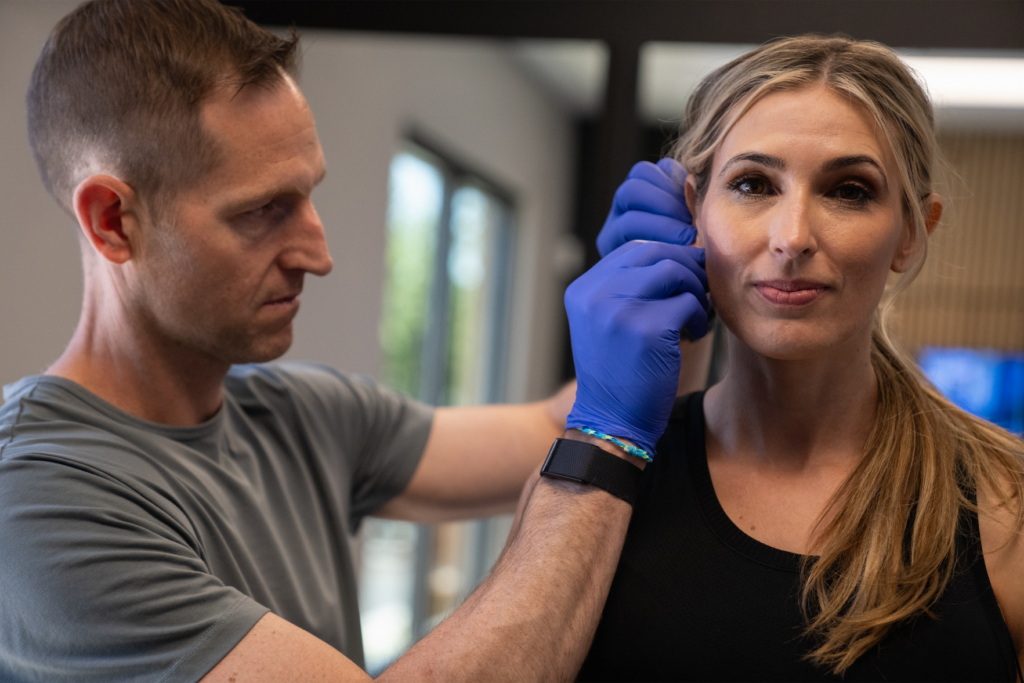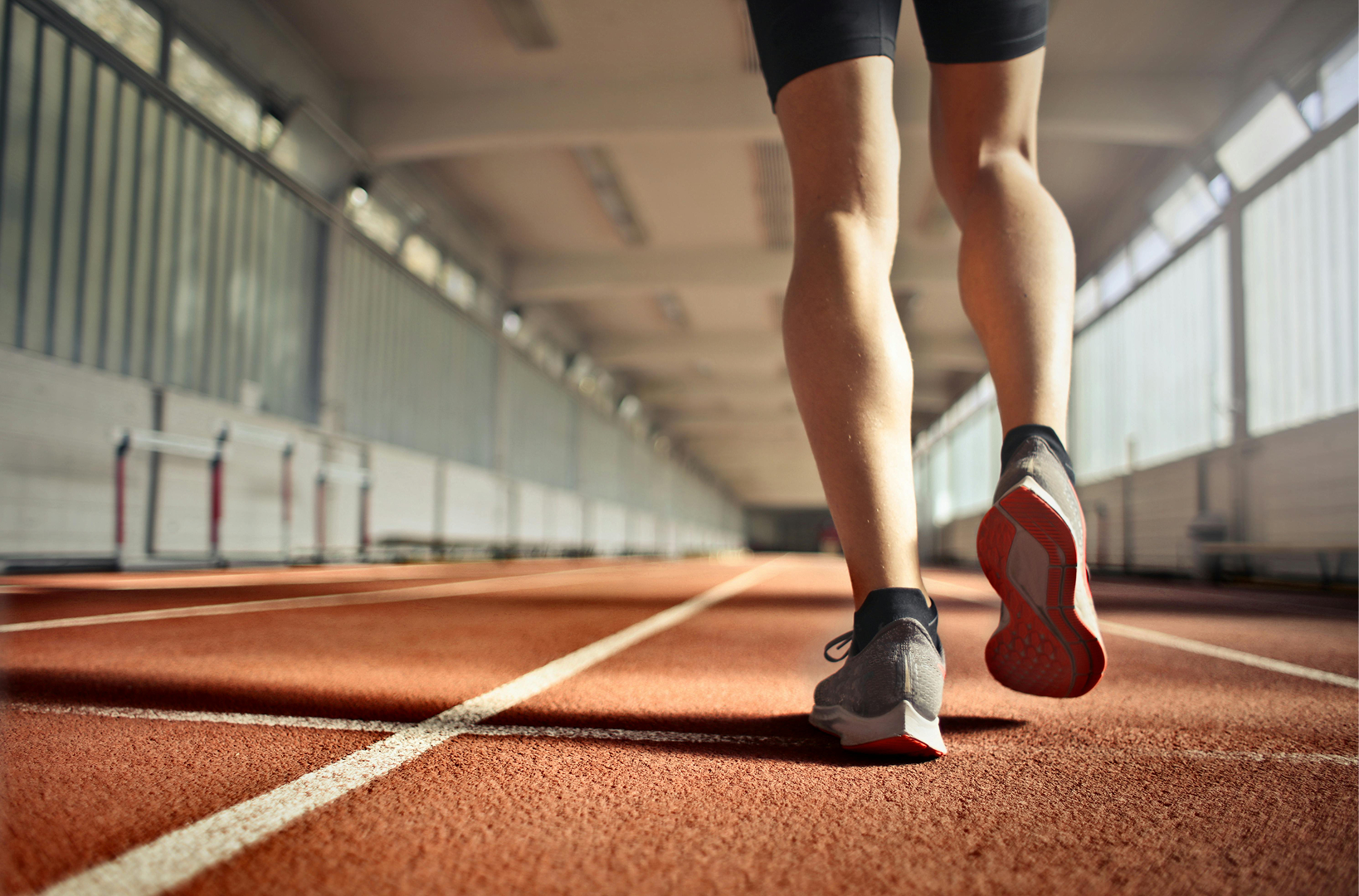What is Zone 2 Training?
Most people think of cardio as an all-out sprint or a long, exhausting grind. But what if the most powerful form of cardiovascular exercise was also the most sustainable, the most restorative, and the most overlooked?
Welcome to Zone 2.
Zone 2 training is one of the most effective — and underutilized — tools for long-term health, performance, and longevity. At Clay, we consider it a non-negotiable foundation. It’s where we start with nearly every client, regardless of age, goal, or experience level.
Whether you’re an athlete chasing performance, someone focused on fat loss, or simply aiming to live with more energy and resilience, Zone 2 is the metabolic base camp you don’t want to skip.
Benefits of Zone 2 Training
Zone 2 training refers to aerobic exercise performed at a low-to-moderate intensity — just below the point where your body shifts from using fat to using carbohydrates as its primary fuel source. This sweet spot delivers compounding returns.
Here’s what consistent Zone 2 training does:
Cardiovascular Health
- Strengthens the heart, improving stroke volume and efficiency
- Reduces resting heart rate and blood pressure
- Enhances capillary density and oxygen delivery
Metabolic Flexibility
- Trains your body to burn fat more efficiently at rest and during movement
- Improves mitochondrial function (your body’s cellular energy factories)
- Enhances insulin sensitivity and glucose regulation
Recovery and Performance
- Increases ability to recover between high-intensity efforts
- Supports endurance, movement economy, and stamina
- Reduces inflammation and oxidative stress over time
Fat Loss & Longevity
- Associated with improved biological aging markers and mitochondrial health
- Burns fat without over-stressing the nervous system or spiking cortisol
- Preserves muscle while improving metabolic health
Zone 2 Training Protocols
Duration:
Start with 30 minutes and work toward 45–60 minutes per session.
Frequency:
Aim for 3–5 sessions per week, depending on your goals and training background.
Intensity:
The simplest way to find an approximate Zone 2 is via what’s known as the “Talk Test” where during cardio exercise, you can talk in full sentences, but you’re not breathing effortlessly.
More specifically, it falls around:
- 60–70% of max heart rate
- 2–3 on a 1–10 perceived effort scale
- Lactate threshold under 2 mmol/L (if testing)
Keep in mind that the “Talk Test” is no replacement for the best-in-class tools such as Lactate Threshold Testing and VO2 Max (more on both of these shortly!).
Modality:
Any aerobic activity works — walking, jogging, cycling, rowing, hiking, swimming — as long as you can sustain it at the appropriate intensity for a prolonged time.




Finding the Zone—Andrew Browning leads a lactate threshold test with an Optimization Client at Clay Henderson to pinpoint optimal Zone 2.
Zone 2 for Different Populations
Athletes
- Use Zone 2 to build an aerobic base that supports performance in all energy systems.
- Increases endurance, improves recovery between sets, and buffers high-intensity sessions.
Older Adults
- Prioritizes heart and mitochondrial health while being joint-friendly.
- Can be adapted to walking, biking, or pool work to reduce risk of injury.
- Critical for improving glucose control and preserving cognitive health.
Women
- Especially beneficial during peri- and postmenopausal transitions to improve metabolic health and reduce central fat gain.
- Can be timed with menstrual cycle phases — lower intensity during the luteal phase, for instance, when energy levels may dip.
- Supports hormonal balance and helps mitigate insulin resistance.
Zone 2 is the Foundation
Here’s how to integrate it:
- HIIT / Strength Days: Use Zone 2 on alternate days to promote recovery.
- Mobility Work: Consider combining with light movement or walking to create restorative sessions.
- Overtraining Prevention: Too much high-intensity work can lead to burnout, poor sleep, or hormone dysregulation — Zone 2 offsets that stress.
“If HIIT and strength are the flashy headliners, Zone 2 is the roadie making sure the show doesn’t fall apart.” — Andrew Browning, Coaching Director
Tools for Zone 2 Success
How to Monitor:
- Heart Rate Monitors: Chest straps (Polar, Garmin) are more accurate than wrist-based options.
- Perceived Exertion Scale (RPE): 2–3 out of 10. You should be able to talk but not sing.
- Lactate Testing (Advanced): Devices like Oval can help pinpoint precise thresholds.
Helpful Apps & Devices:
- Moxy Monitor: Measures muscle oxygenation for advanced athletes
- WHOOP / Oura: Great for recovery and HR trends
- Garmin / COROS: Ideal for live HR tracking and endurance sport integration
- Polar H10: Gold standard chest strap monitor
- TrainingPeaks: Great for long-term tracking and workouts
Zone 2 Insights from the Clay Care Team
Maggie Riemenschneider, PA-C
“For my clients struggling with energy crashes or blood sugar swings, Zone 2 training often becomes a game-changer. It’s one of the most underutilized tools for supporting hormonal balance and restoring baseline resilience — especially for women dealing with perimenopause or adrenal dysfunction.”
Andrew Browning, Coaching Director
“Most people overestimate how intense Zone 2 should feel. You should be able to hold a conversation, breathe through your nose, and finish the session feeling like you could do more. This isn’t weakness — it’s strategy.”
Dr. Allen Gorman, Medical Director
“Zone 2 taps into mitochondrial adaptation — this is where the real metabolic magic happens. After educating patients on Zone 2, I notice that some are underwhelmed by it, but I’m telling you, it’s the base of energy efficiency and longevity.”
Sources
Recommended Podcasts:
-
Peter Attia, MD — “The Drive” (Zone 2 deep dives)
Books:
-
“Outlive” by Peter Attia
-
“Training for the Uphill Athlete” by Steve House & Kilian Jornet
-
“The Big Book of Endurance Training and Racing” by Dr. Phil Maffetone
Videos:

